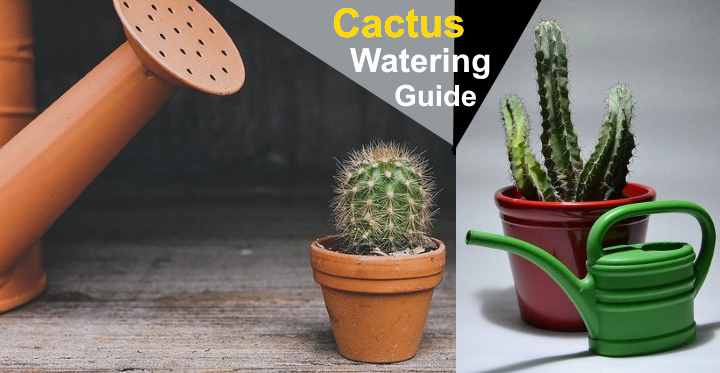Philodendron Hederaceum Brasil: Caring for Philodendron Scandens ‘Brasil’
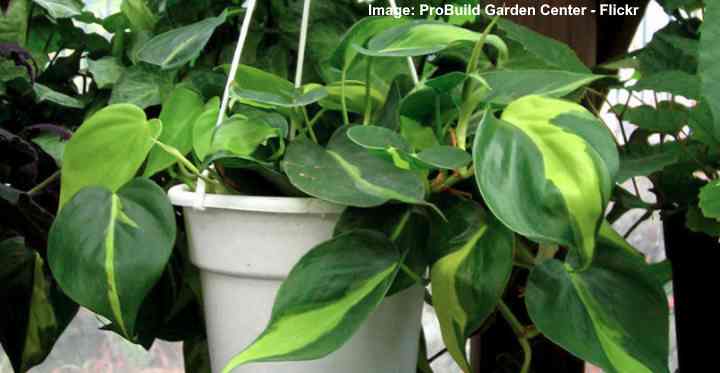
The Philodendron hederaceum ‘Brasil’ is a climbing plant with large evergreen glossy foliage. The Philodendron ‘Brasil’ cultivar has beautiful variegated green and lime or lemon-colored leaves. This fast-growing heartleaf Philodendron plant thrives indoors with minimal care. Even in low-light conditions or shaded areas, the Philodendron ‘Brasil’ will grow prolifically.
Cactus Care Guide: Watering, Sunlight, Soil and More
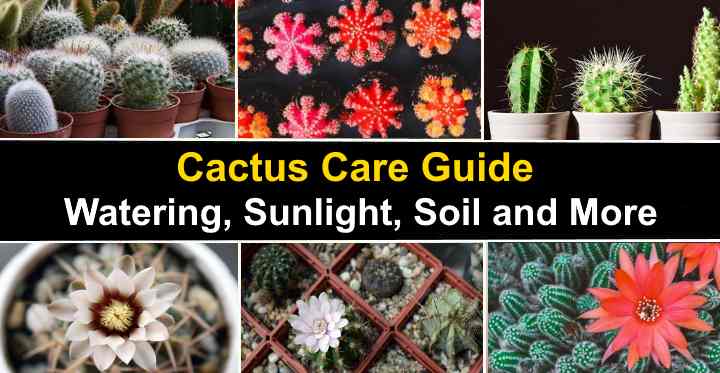
Indoor cactus plants are types of succulents that are very easy to look after. Cacti belong to the plant family Cactaceae. These succulent plants have thick fleshy leaves or stems that retain plenty of moisture. Cacti need less watering than other houseplants due to their thick succulent stems. There are about 1,750 species of cacti—some look like round furry balls with spikes whereas others are tall with stems that reach upward.
13 Homemade Weed Killers: Natural, Safe, Non-Toxic DIY Weed Killers

Homemade natural weed killers are eco-friendly options to use in place of harmful chemicals. Non-toxic ingredients such as vinegar, salt, and even boiling water can kill off pesky weeds. Using homemade weed control methods means you can avoid using products such as Roundup, which contains potentially harmful glyphosate. In addition to DIY weed killers, using mulch, newspaper, and bio-degradable landscaping fabric can help prevent weeds in the first place.
How Often to Water Cactus Plants: The Ultimate Cactus Watering Guide
How Often to Water Houseplants: How to Water Indoor Plants Correctly
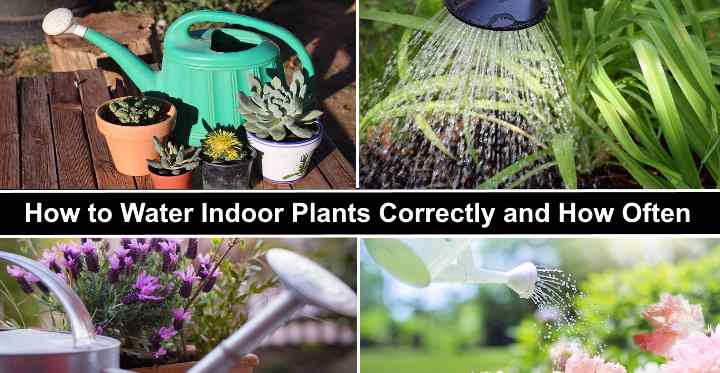
Knowing how often to water houseplants can be tricky. There are so many variables that affect how you should water indoor plants. Some house plants are thirsty and need frequent watering. However, most potted plants prefer being watered less frequently when the soil partly dries out. Factors such as pot size, type of potting mix, temperature, and plant type are just some things that determine how often to water plants at home.
Oxalis Triangularis (Purple Shamrock): Care and Growing Tips for False Shamrock Plant
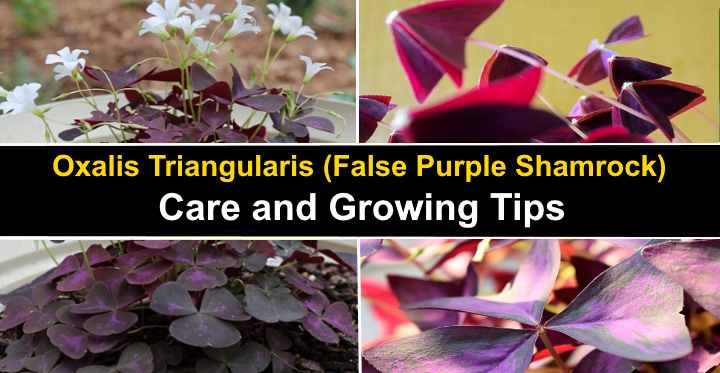
The purple shamrock (Oxalis triangularis) is a flowering perennial plant with triangular dark purple leaves. The purple shamrock (also called purple clover) grows as a low-growing foliage plant in gardens or as an attractive potted houseplant. Other names for this purple-leafed plant include Love plant, purple butterfly plant, false shamrock or purple Oxalis. Due to the distinctive shape of the leaves and its dark purple almost black color, it is a stunning indoor plant for a sunny spot in your house.
Calathea Medallion: Care, Plant Profile and Growing Tips
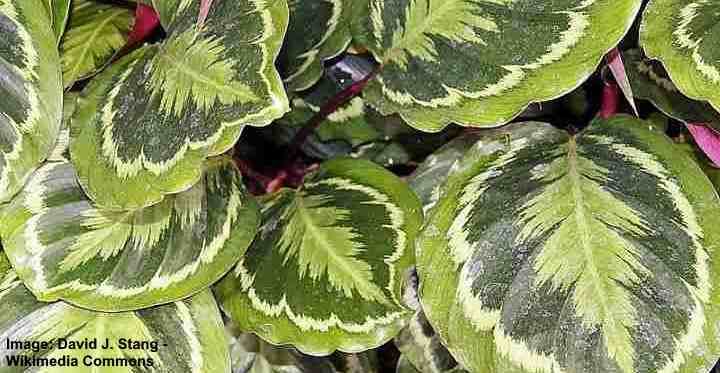
Calathea Medallion is a popular houseplant that is easy to care for. The beauty of this type of calathea is its large oval green leaves with purple undersides. The colorful foliage of the Medallion calathea plant can help to brighten up any room, office, or other indoor location. Although calatheas are perennial tropical evergreen plants, they thrive indoors with minimal care.
Different Types of Lawn Grass: Identification Guide to Many Types of Sod (With Pictures)

Knowing how to identify and choose the right type of lawn grass is vital to get a lush, healthy turfgrass in your yard. Different types of grass are suitable for various climates—warm-season grasses and cool-season grasses. If you need to improve the look of your garden landscape and lawn, grass identification is essential to reseed the sod with a similar type of grass.
Great Mulch Alternatives (Also Cheap or Free) – Including Rock vs. Mulch
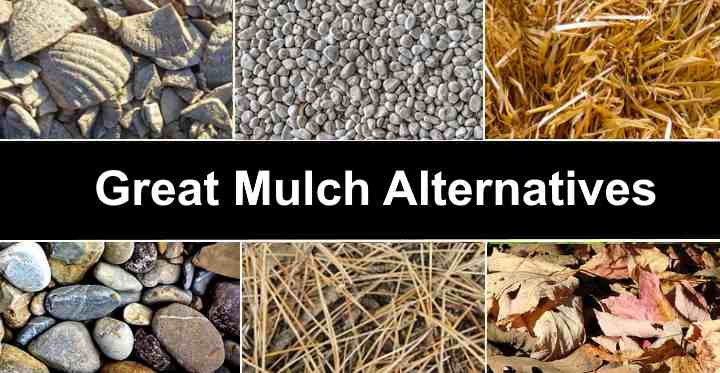
Mulch is an essential tool for any keen gardener. Laying wood chips or shredded bark mulch on soil helps to lock in moisture, keep weeds at bay, and add nutrients as it breaks down. However, several mulch alternatives are cheaper or even free. For example, mulch alternatives such as rock mulch, pebbles, crushed shells, straw mulch, or even compost can substitute traditional mulch. Depending on your yard, some of these alternative mulch ideas may also work better than wood or bark chips.
Mold on Plant Soil: How to Get Rid of Mold on Houseplant Soil
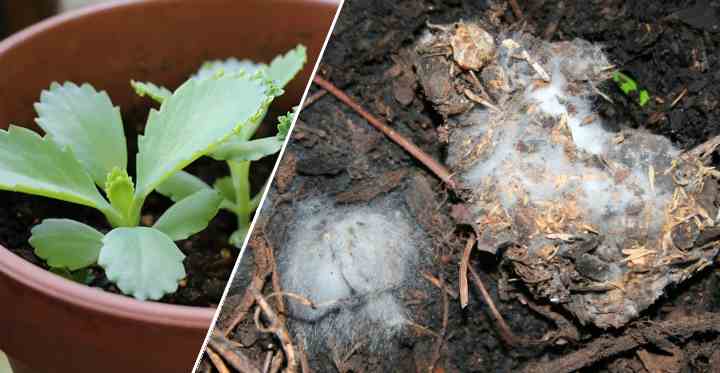
White fuzzy mold appears on plant soil due to moisture issues. Over-watering, poor drainage, or poor light can cause mold to appear on houseplant soil. White fuzzy mold on plant soil spoils the appearance of your houseplants but it is less dangerous than it appears. The white mildew-type of fungus is usually harmless. It is also easy to get rid of mold on houseplant soil to help improve your plant’s appearance.

